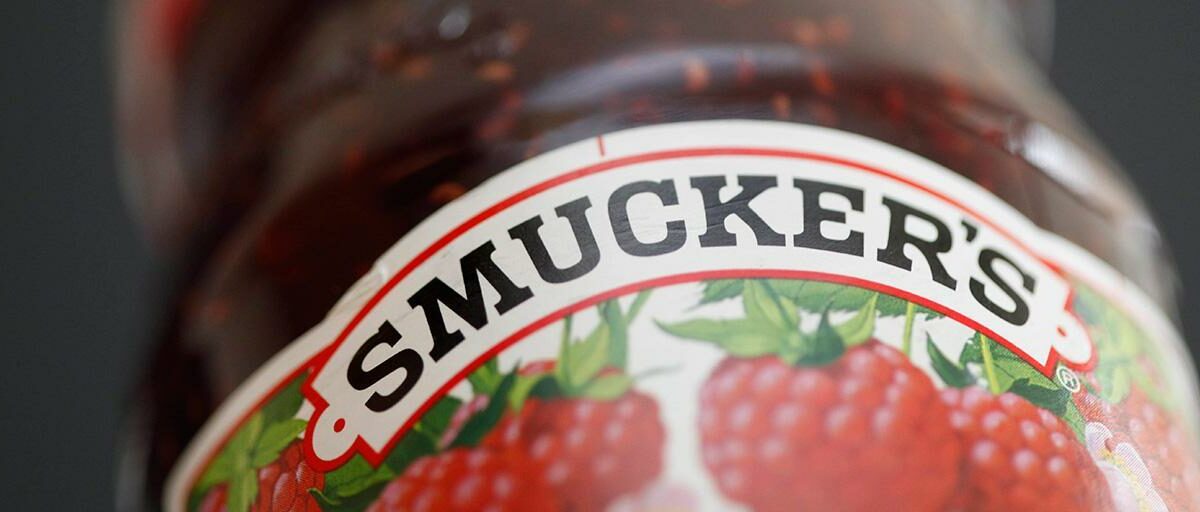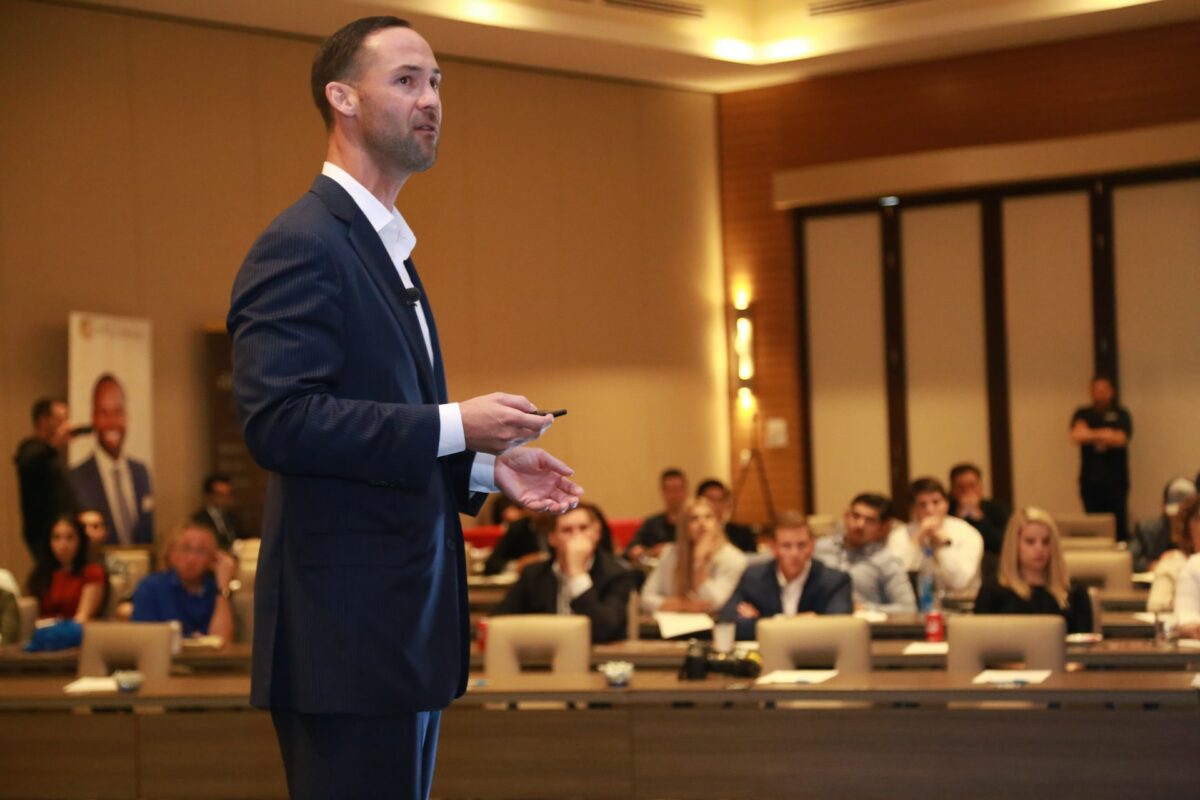I love solving puzzles and there’s no greater puzzle than understanding how people spend their attention, time and money. The factors that influence an individual’s choices are infinite, and often subtle.
Any parent can tell you that understanding why a teen behaves as they do prepares you to influence their decisions. The same is true of marketers and consumers. For marketers, unraveling the complexities of customer decisions can mean the difference between marketing success and failure. That’s why we try to frame research objectives in terms of understanding consumer choices.
- What is the consideration set?
- What are the decision drivers?
- How do those drivers relate to the person’s core values?
- What advantages (equities) does the brand offer that can be connected with those drivers?
Consumers Are Terrible At Explaining Their Choices
It doesn’t help that consumers are often inarticulate when it comes to analyzing their own decisions. They often find it hard to say why they chose one option over others. When they do provide a rationale, we’ve learned to take what they say with caution — the consumer may not even be aware of his or her motivations. This is particularly true in low involvement categories where there is little time, money or ego at stake. Most of us can relate to agency CEO Bob Hoffman’s description of his approach to pet food purchasing:
“I have no idea why I buy Jif instead of Skippy. I don’t do taste tests. All I know is that when I’m standing in the peanut butter aisle staring blankly into space, there comes a time when I have to make a decision. And for some reason I usually grab the Jif. If you can help me understand why I buy Chuck Wagon instead of Alpo for my dog, Buddy, I will be most appreciative. From all I can tell, it doesn’t seem to matter much to him. So why does it matter to me? As a matter of fact, I’m not even sure it matters to me. I just do it.” — Bob Hoffman, The Ad Contrarian
In these situations, it doesn’t do a lot of good to ask consumers why they behave the way they do. There are many indirect ways to explore decision-making. Traditionally, marketers have used discrete choice modeling, concept tests or conjoint analysis to infer decision drivers. Today I’d like to focus on two other ways to investigate decision-making: experimentation and laddering.
Investigating Decision-Making Through Experimentation
Experimentation involves setting up a choice situation and observing what happens when conditions are changed. This approach is traditionally more popular among behavioral economists and neuroscientists than consumer researchers, but much of their work is relevant to marketing.
Two new books nicely summarize much of the learning from this approach: “How We Decide” by Jonah Lehrer and “Predictably Irrational” by Dan Ariely. Neither authors are marketers, but they are interested in how consumers choose between alternative products and services. The message of both books is something marketers have always known – consumers are not always rational. That is, they don’t always make the choice that is in their (objectively speaking) best interest. As Lehrer puts it, ‘consumers aren’t always driven by careful considerations of price and expected utility’. In fact, many non-rational factors can come into play – expectations, emotions, and context, just to name a few.
The Role Of Emotion
The feelings associated with the pain of spending money or the joy of a good deal can be a powerful influence on decision-making. In one experiment described by Lehrer, undergraduates were given generous amounts of spending money and asked whether or not they wanted to buy various priced items. While they were deciding, their brain activity was measured. Researchers found they could accurately predict buying decisions based on which areas of the brain are most active.
High levels of activity in the ‘insula’ area of the brain indicate negative emotion, like the pain of spending money. If this activity was stronger than the activity of the prefrontal cortex, which evaluates whether or not an item is a good deal or not, the subjects always chose not to buy the item. Conversely, if the prefrontal cortex was convinced it had found a good deal, the sting of spending money as experienced by the insula was ignored and the object proved irresistible. Whichever emotion was felt most intensely dictated the shopping decision. This insight helps explain why credit is so much easier to spend than cash and why subprime mortgages proved so attractive. The nature of credit cards ensures you don’t feel the pain of spending – it doesn’t feel bad so you spend more.
Other experiments have shown emotional decision making can be more effective in promoting sound decisions than conscious analysis. Thinking hard about a decision can influence people to make a different, but not necessarily better, decision. In one experiment, college students were asked to taste different brands of strawberry jam. They ranked five different brands according to quality. These brands were selected to represent the top, bottom and middle quality tiers as judged by experts at Consumer Reports. The student evaluations and expert judgments were closely correlated. A second group of students performed the same tasting/ranking task, but this time, were asked to fill out written questionnaires to consciously explain their impressions and choices prior to providing their rankings. The correlation plummeted; there was virtually no relationship between the judgments of the experts and the opinions of the introspecting students. The rational brain had taken over, with the result that it warped the wisdom of the emotional brain which knows good jam when it tastes it. (Serious implications for survey research methods here, folks!)
The Importance Of Context
In his book, “Irrationally Predictable”, Ariely describes how sound decision-making can also be influenced by context, or in this case ‘decoy’ options. When presented with the choice between two options (A vs. B), the mere presence of a similar, but slightly less good alternative for one of the options (we’ll call it A-) repeatedly skews decisions toward A over B vs. what would have been decided if the decoy wasn’t presented. Why? The decoy ‘friend’ is easily compared and makes the decision easier – and apparently rationale. I may not know much about this category, but if I were going to buy one A is clearly better than A-.
Ariely reports another experiment which shows the power of price expectations. A phenomenon called initial price ‘anchoring’ explains why first impressions of a price can have a long-term impact on what one is willing to pay for it in the future.. A low early price impression or ‘anchor’ frames the decision one way, where a higher price anchor frames it differently. The power of the anchoring effect has been demonstrated to work even when the anchor is totally random, for instance, the last two digits of one’s social security number. Students with a lower price anchor (SSN) bid less for an item than those with a higher anchor (SSN). The effects of initial price anchoring have been shown to carry over from one experiment to another in surprisingly subtle ways. This is the logic (illogic?) behind many luxury brands like wine and Tahitian black pearls. In reality, there is no reason, from a supply-demand standpoint they should cost more than other pearls. But initial price anchoring (by savvy marketers) set the price higher. Anchoring is also the reason we buy bigger houses when moving to a less expensive area from a more expensive one and more.
In a final example of irrationality, experimentation has repeatedly shown the dramatic effect of the word ‘free’ on decision-making. It turns out zero is not just another price; it is an emotional hot button that can cause consumers to make poor decisions. When the price of a Lindt truffle is set at fifteen cents and a Hershey’s Kiss at one cent, 73% of research subjects chose the truffle. This was a rational choice given the quality difference between the two chocolates. But what a difference ‘FREE!’ makes. When the Lindt truffle is offered for fourteen cents and the Hershey Kiss is free, only 31% of subjects chose the truffle. The truffle is still a better option, but what a difference that one cent change between free and not-free makes. (By the way, the same effect is not seen when the Kiss price is reduced from 2 cents to 1 cent.) ‘Free’ is a pricing category all its own. This explains why Amazon saw its volume climb dramatically when it offered free shipping in the US, but no effect when it offered shipping for 20 cents in France.
Investigating Decision-Making Through Laddering
For purposes of product development, positioning and messaging, marketers need to know more than simply what consumers decide, they need to know how they decide. Usually, it is not enough to know consumers’ attitudes toward their brand and competitive alternatives, as attitudes toward the product alone generally do not predict behavior. Marketers need an in-depth understanding of the rational and emotional reasons why consumers make the choices they do. In these cases, a structured approach called laddering is the preferred methodology.
The laddering interviewing technique provides a proven method for getting inside consumers head, to uncover underlying motives and decision processes. Laddering differs from other types of qualitative research in that it aims to uncover both the rational and emotional drivers of brand choice and link them to product attributes and their consequences. A laddering interview is an in-depth, one-on-one structured dialog that draws out the connections people make between product attributes, the consequences of those attributes, and the human values linked with those consequences.
When connected hierarchically this way, a group of ideas is called a ‘means-end chain’. Groups of chains represent the various decision paths, and the individual factors along the path that factor into decisions. Laddering interviews begin by identifying the most important distinguishing characteristics of the brand for a given usage situation and then moving up and down the means-end chain to get a complete picture of attribute-consequence-value identities and linkages. Moving up and down the means-end chain is done by asking a form of the question: why is that important to you?
A map of the means end chains associated with a decisions about a product, political candidate or life decision (e.g., to use drugs or not use drugs) can reveal a lot about the mental structures that underlie most decisions. Comparing differences in maps across different groups of people – say brand enthusiasts vs. competitive brand enthusiasts, or drug triers vs. non-triers –can provide important clues for building stronger brand relationships and influencing decisions.
Applying Laddering To Marketing
Regina Woodall recently reported how her firm used laddering research to understand the motivations of customers of a financial services firm to shift to a self-serve online channel. Two general decision paths emerged for using the online channel, one oriented around achieving ‘peace of mind’ and another around ‘quality of life’. The means-end chain culminating in peace of mind began with the ability to access information and conduct personal business in real time. This led to feelings of control and ultimately to financial security and peace of mind. While peace of mind was the dominant decision path, many customers were also motivated by the time saving convenience of transacting online, which they linked to productivity and quality of life. Understanding these two paths proved instrumental in increasing adoption of the online channel for Woodall’s client.
Our work with Westlake Ace Hardware, a 90-store chain headquartered in Kansas City, provides a good example of how laddering can be applied to marketing. Westlake competes with home improvement centers like Lowe’s and Home Depot for many, but not all, home repair purchases; even Westlake’s best ‘Rewards’ customers do not shop there exclusively. Laddering interviews were used to learn more about why sometimes customers choose Westlake and other times, they choose their favorite home center.
Laddering revealed that the decision structures for Westlake are more complex than those of home centers. A single means end chain explains most of the reasons to visit a home center – and surprisingly it is not driven by price. People visit ‘big box’ home centers for selection, especially when it’s important to get just the right item, and there is financial or emotional risk in getting it wrong. In contrast, the means-end chains for Westlake are more complex. Selection is a factor but selection means something different when applied to Westlake – it means satisfying a need, but not necessarily offering every possible choice.
Selection, the primary decision driver for home centers, also plays a role in decisions to visit or not visit Westlake. But other factors are also important drivers for Westlake — such as the ability to get advice and to ‘get in and get out quickly’. Most important, the emotional drivers were also different, and stronger for Westlake. Westlake empowers consumers to feel as if they can get things done and done well. Home Depot says “You can do, we can help”, but the reality, at least for these consumers is quite different.
Conclusion
Is the mind irrational? Of course, and that is what makes investigation of human behavior so endlessly fascinating.
Fortunately, our decisions cannot be reduced to dopamine transmitters and brain activity, so there will always be room for exploring the ways we make decisions. For behavioral economists and consumer behaviorists, experimentation is providing insights into decision influencers. For marketers, more direct explorations of cognitive structures can provide the needed insights.
The benefits of a deeper understanding decision-making go beyond marketing. If we can understand our decisions, we can improve them. Ariely and Lehrer believe that behavioral economic principles can be applied to help solve to social problems, many of which are rooted in poor decisions, for instance, in the areas of their health and finances.
Dr. Thomas Reynolds, the person who has done the most to develop means-end decision-making theory and laddering research techniques, is now focused on bringing his insights to educators and schools. If children can be trained to be more aware of how their decisions relate to their goals, they will make better, more rational life choices and accept responsibility for the choices they make.
Contributed to Branding Strategy Insider by: Carol Phillips, Founder, Brand Amplitude
The Blake Project Can Help: Accelerate Brand Growth Through Powerful Emotional Connections
Branding Strategy Insider is a service of The Blake Project: A strategic brand consultancy specializing in Brand Research, Brand Strategy, Brand Licensing and Brand Education





One comment
Rick Thompson
July 5, 2011 at 2:32 pm
This is a great explanation of what brands need to do to “peel the onion” and get inside consumer’s head in order to find a key insight that can lead to differentiation.
Laddering is a great technique for probing the “whys” beyond the “whats”. Too many companies settle for the quick, but predictable answer to what consumers are interested in. This leads to using the same words and making the same claims as the competition.
Only when a brand takes the time to delve into the decision-making process will you discover the unique insight that can set you apart.
Comments are closed.